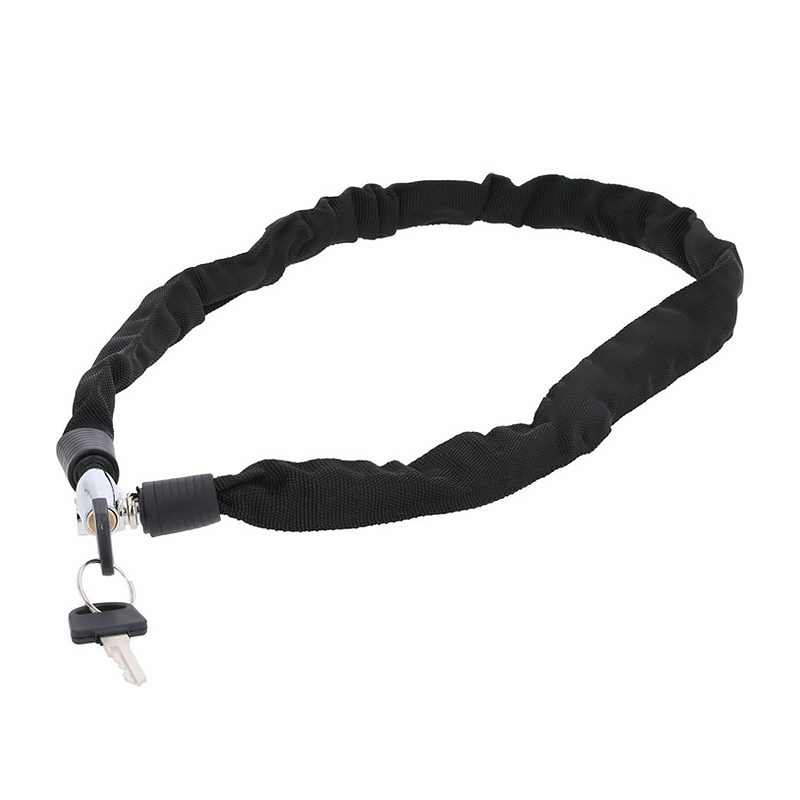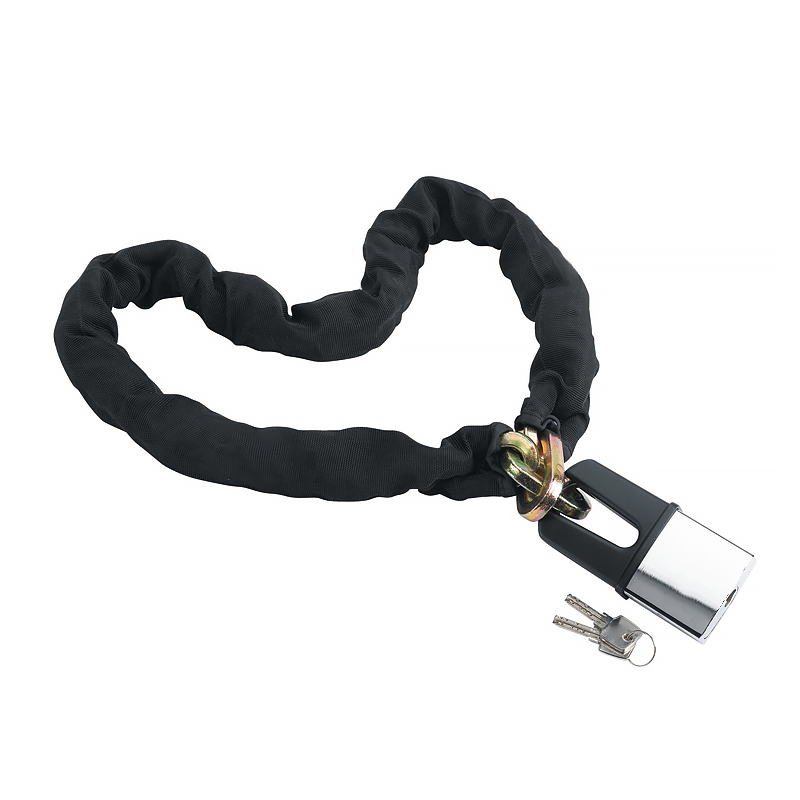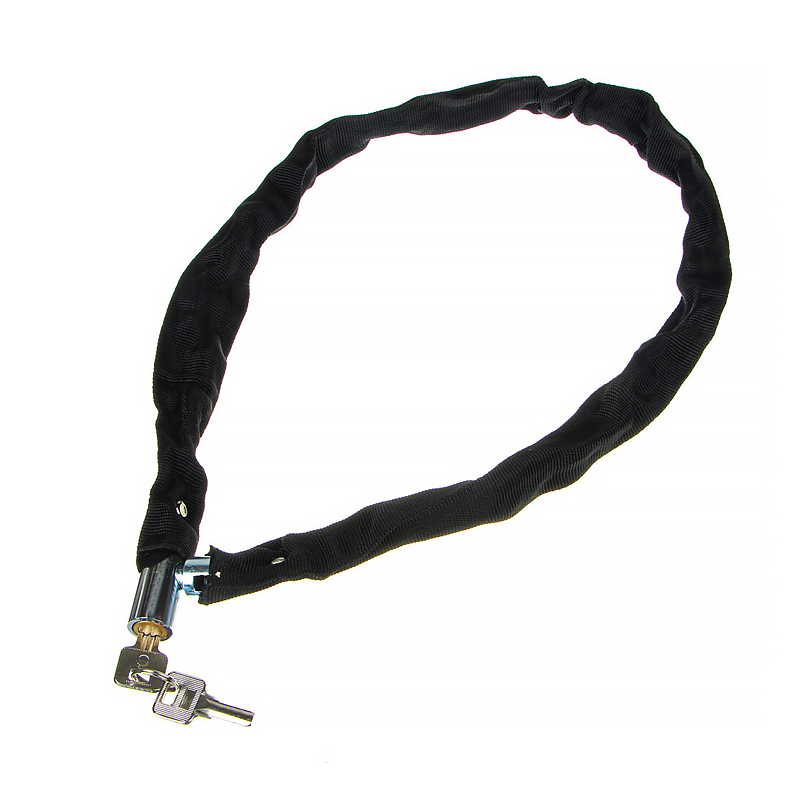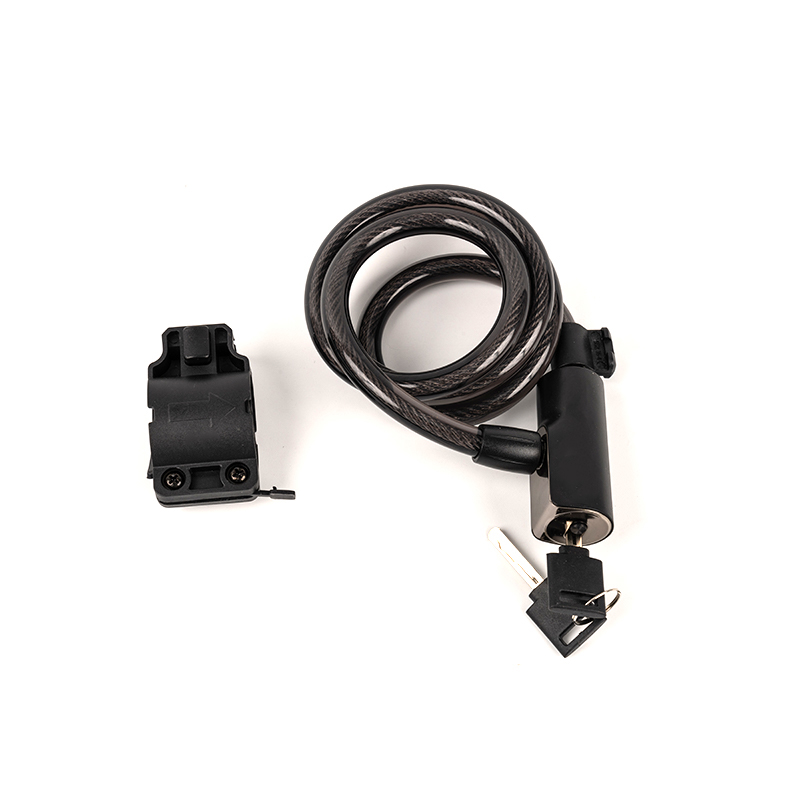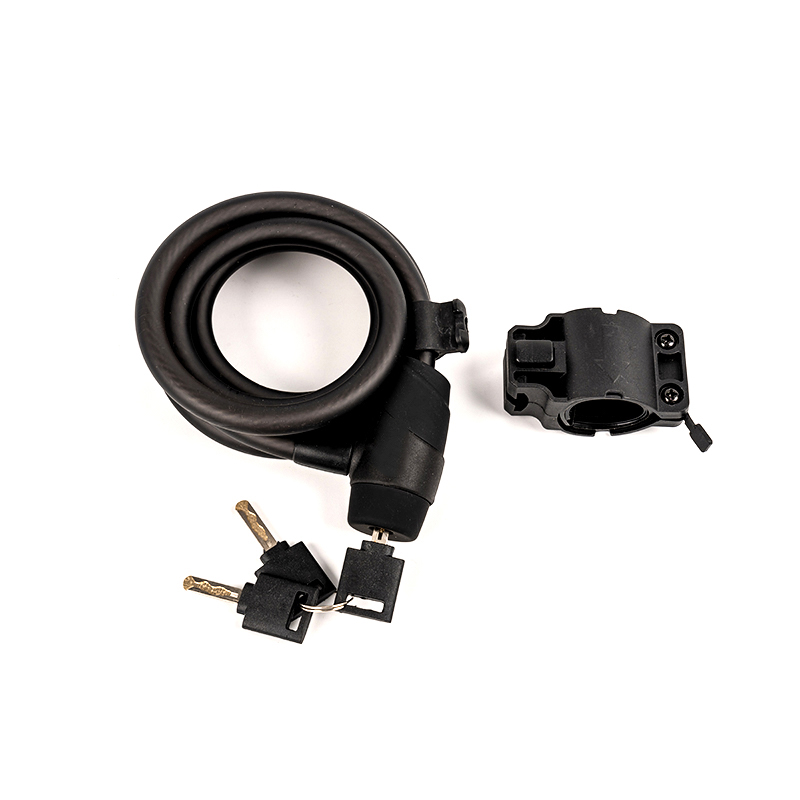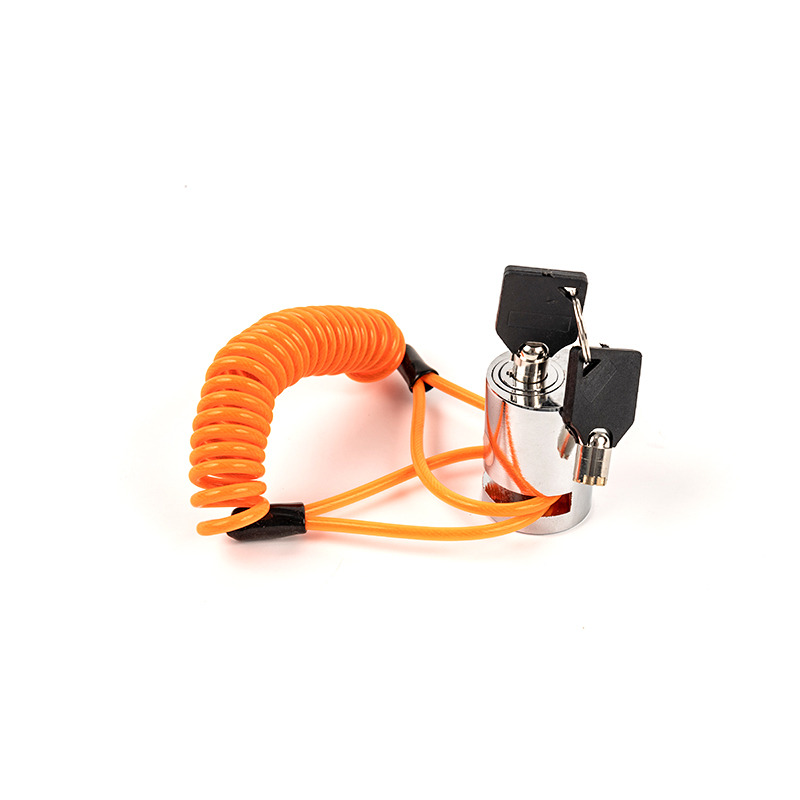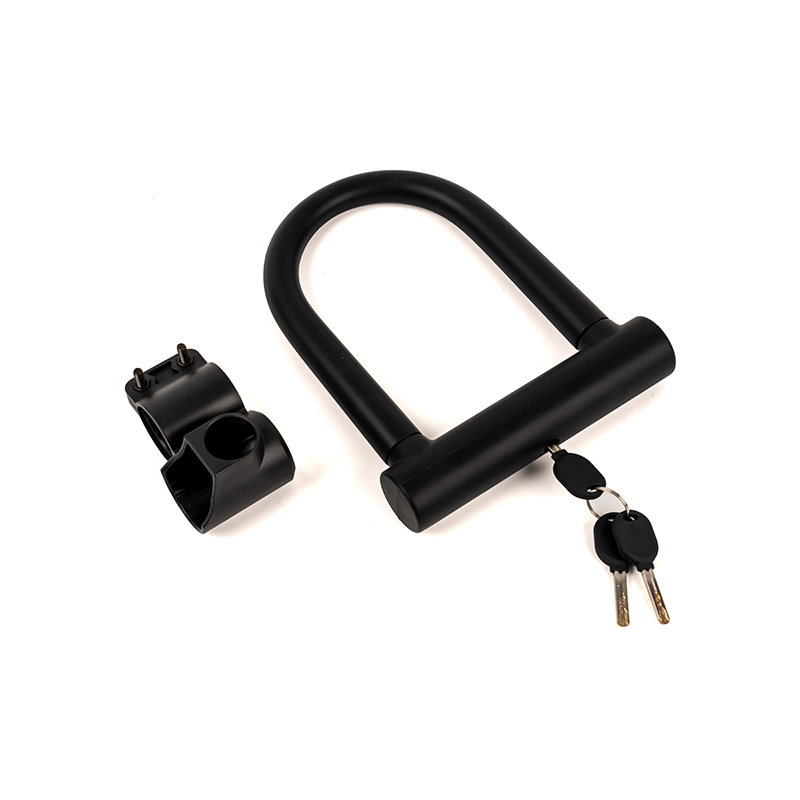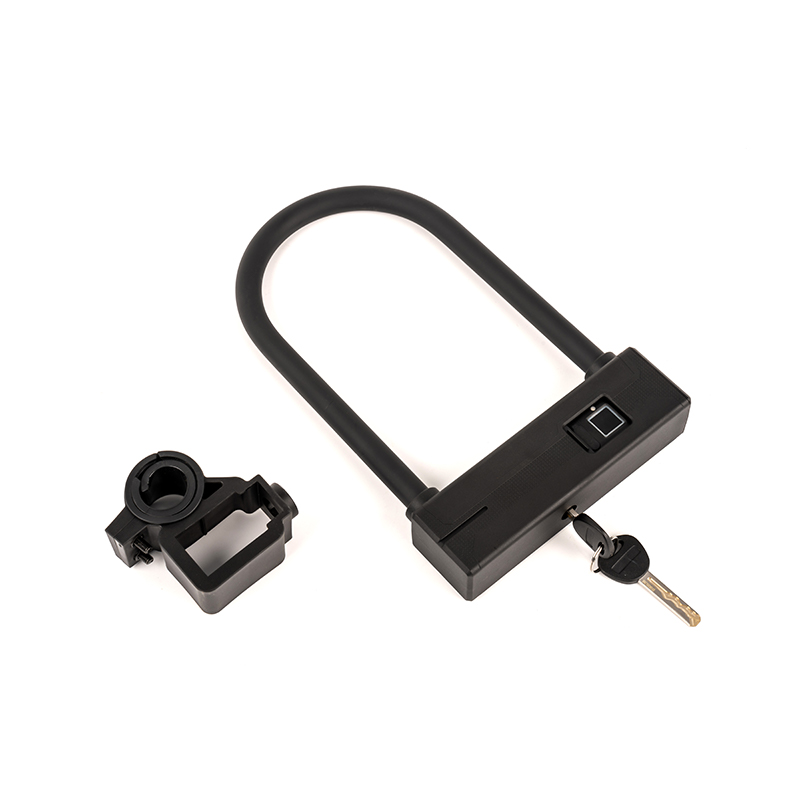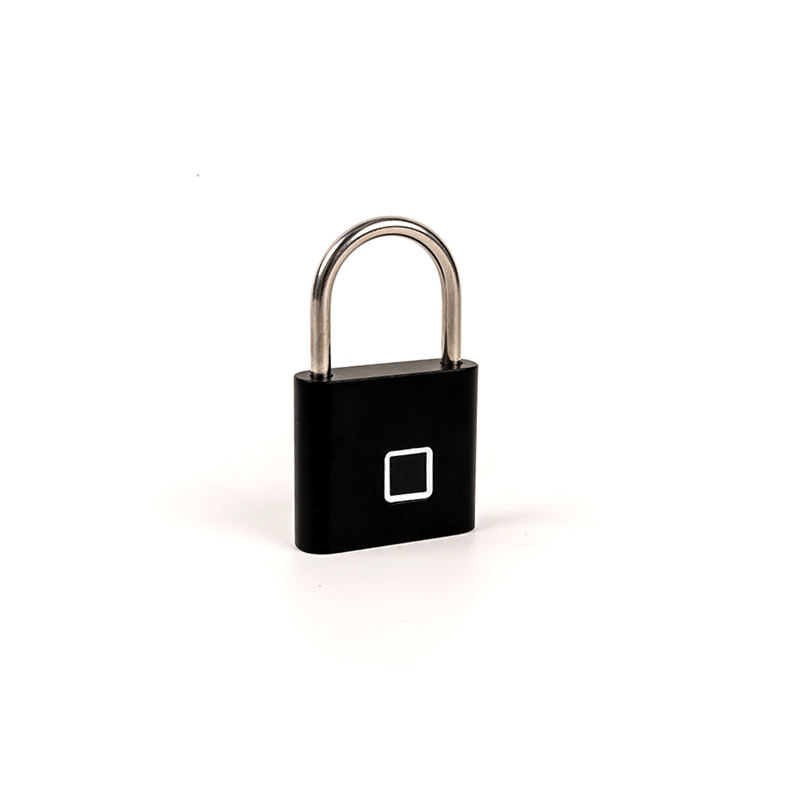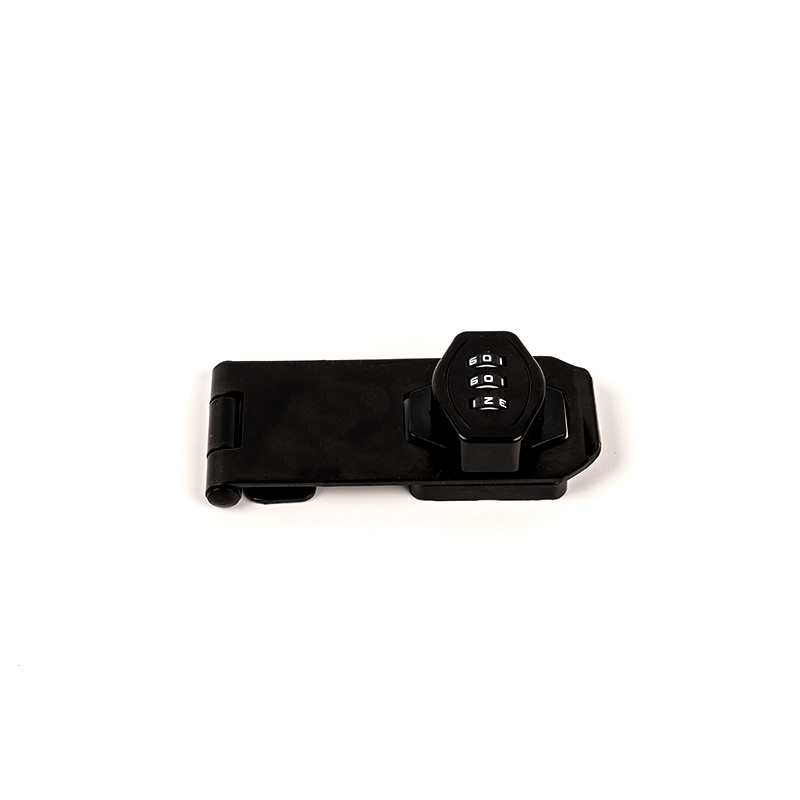The principle of realizing remote unlocking for intelligent steel cable locks
1. Cloud control platform: The lock body is equipped with a Wi - Fi or Bluetooth module, which continuously maintains encrypted communication with the cloud server. Users can initiate an unlocking command through the mobile APP. The command is then forwarded by the cloud platform to the lock body, enabling instant unlocking across regions.
2. Remote unlocking monitoring mechanism: The lock body provides a RemoteUnlockListener interface to monitor the unlocking requests sent from the cloud in real - time. When a valid command is received, the internal control motor or electromagnetic device in the lock body performs the unlocking action, and the unlocking status is fed back to the APP.
3. Security authentication system: It adopts two - factor authentication (account password + dynamic verification code) and public - key - based encrypted signatures to ensure that remote commands cannot be forged or tampered with. The lock body also supports the functions of temporary passwords and dynamic passwords. Users can generate one - time unlocking credentials for visitors or short - term use.
4. Status synchronization and log recording: Every remote unlocking operation is synchronized to the cloud log, which records information such as the unlocking time, device ID, and operation source. This allows users to query the usage records at any time and enhances the traceability of security.
The value improvement brought by remote unlocking
1. Manage anytime and anywhere: Users can open and close the lock through their mobile phones without being present on - site, which is suitable for scenarios such as rental businesses, shared bicycles, and enterprise asset management.
2. Enhance usage convenience: The generation of temporary passwords and dynamic passwords enables visitors, maintenance personnel, etc., to enter safely within a limited time without carrying physical keys.
3. Strengthen security protection: The remote locking function can immediately trigger the lock body to automatically lock after abnormal detection (such as abnormal vibration or illegal cutting attempts), reducing the risk of theft.
4. Data - driven operation: Through the aggregated analysis of unlocking logs, enterprises can gain insights into usage frequency, hot - spot areas, and potential security hazards, providing a basis for product iteration and service optimization.

 English
English русский
русский Español
Español عربى
عربى
